
Introducing the unique charms of Sakai from various angles through video.

The Sakai Film Office is actively promoting filming locations within Sakai City through its official website and social media to attract shoots from both domestic and international sources. This time, we have created a promotional video, incorporating previously filmed footage and with the cooperation of local temples and traditional industry artisans. We introduce the 'Modern Sakai,' a city rich in "history," with "retro townscapes" and "living traditional industries" that continue to thrive today.

Sakai's blade production has a 600-year history. It is particularly renowned for "forged blades," which are handcrafted by artisans, and boasts about 90% of the domestic market share for professional chef knives used in Japanese cuisine. The exceptional sharpness of these knives has now garnered significant attention from chefs worldwide. We will explore the secrets behind the creation of these high-quality knives that captivate professionals through an introduction to each manufacturing process and interviews with the artisans. We will also share their efforts and thoughts on passing down this tradition to the next generation.
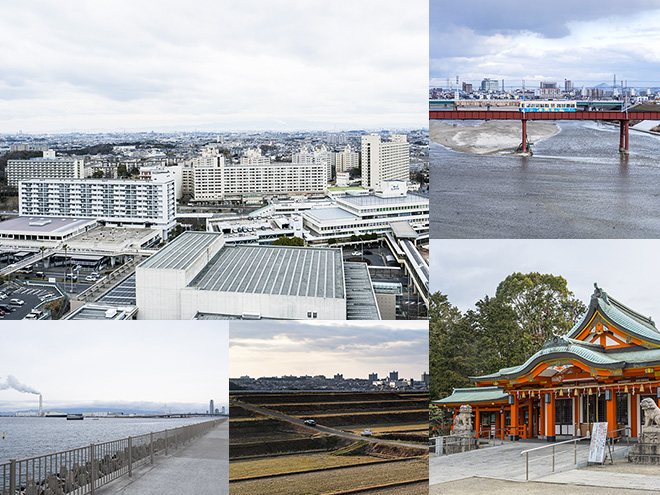
Sakai City is attractive for its wide variety of locations, including wide urban streets and sidewalks, vast parks, modern ports, rural landscapes, temples and shrines, and historical townscapes. This variety makes it possible to film various scenarios. Additionally, the lower population density compared to major metropolitan areas makes it an ideal location for large-scale filming projects such as movies and commercials.
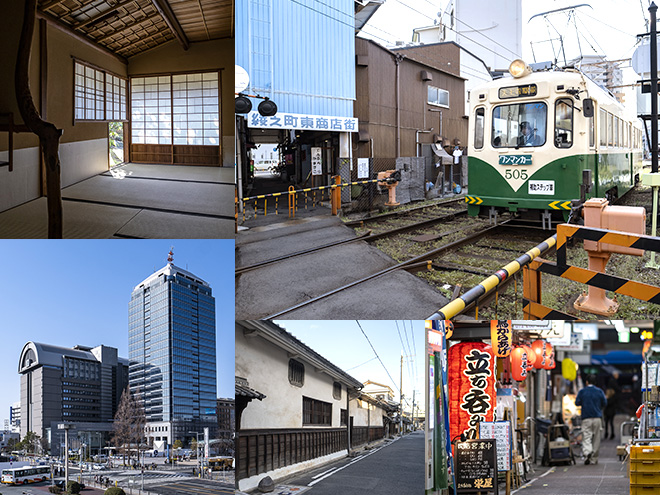
As the birthplace of Sen no Rikyu, Sakai City boasts a variety of picturesque settings, including an authentic tea room available for filming, a magnificent old house that symbolizes "Sakai's architectural heritage," and a shopping street that retains the charm of bygone days. Additionally, the city offers a rich food culture unique to Osaka and ample accommodation options, ensuring a comfortable stay even for extended filming sessions.
Introducing the unique charms of Sakai from various angles through articles.
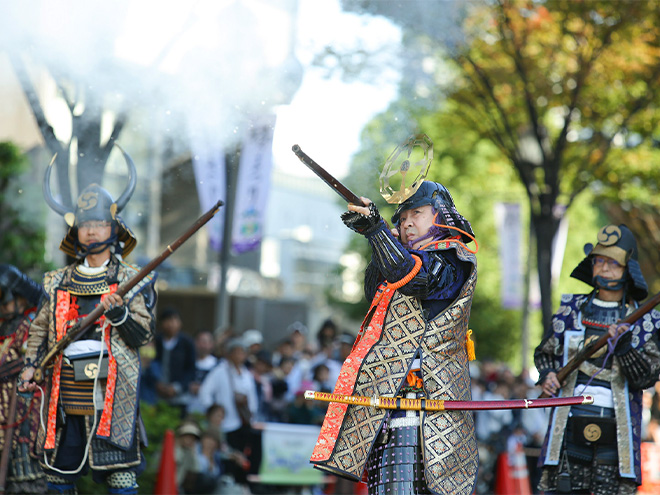
Widely used by professional chefs, Sakai Forged Blades known as Sakai Uchihamono are Japanese knives made in Sakai City and boast a refined craftsmanship that was cultivated throughout its long history. The evolution of Sakai’s top craftsmanship began when iron tools used in constructing Kofun (ancient burial mounds) were produced in the area. Over time, these skills broadened through the production of guns—after matchlock guns were introduced to Japan—and tobacco knives.
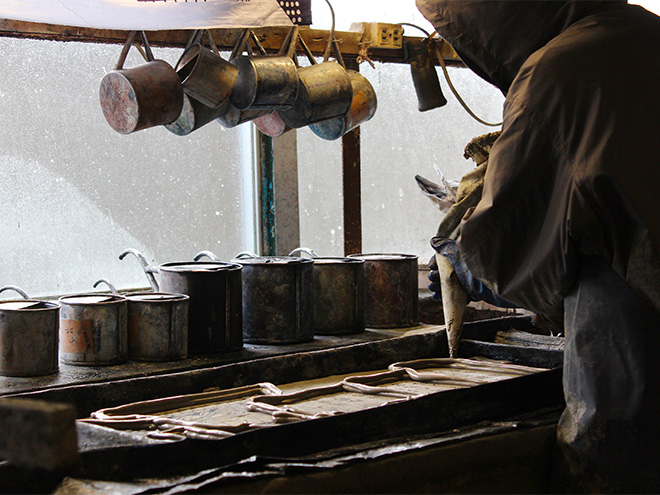
“Everything begins in Sakai,” the saying goes for Sakai, a city of thriving traditional industries worthy of such a statement. During medieval times, Sakai flourished as a logistical center where raw materials and a variety of products came together. Many artisans seeking to train and improve their skills settled in the city, including those who developed—and continue to develop today—their own techniques for senko incense making and chusen hand-dyeing.
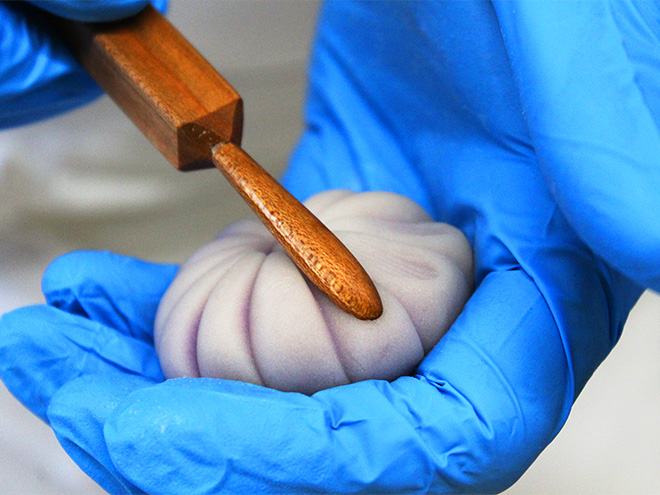
Chanoyu, the culture of serving tea to guests, became a general practice among merchants in medieval Sakai, then the hub of foreign trade and the center of commerce for the region. Over time, serving wagashi traditional Japanese confections with tea took root as a custom and continues to be an essential part of omotenashi—the heart of Japanese hospitality—today.
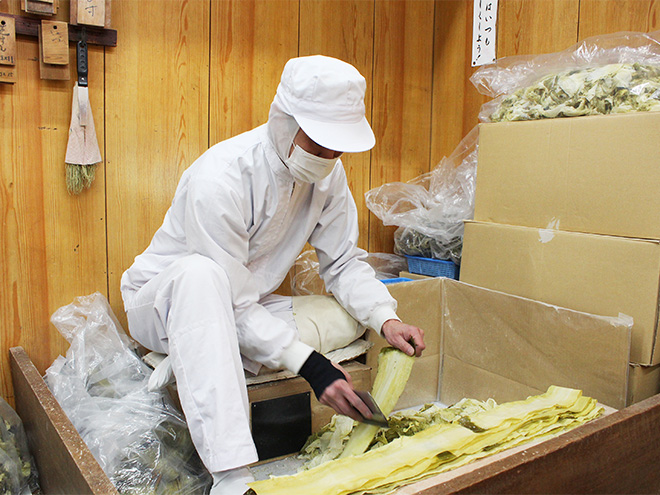
Kombu (kelp) is an essential ingredient in Osaka's food culture. In Sakai, kombu is closely connected with its traditional industry of knives and that combination gave birth to Tesuki Kombu, delicate hand-shaved kombu that cannot be replicated elsewhere. Hand-shaved oboro kombu and tororo kombu have been and continue to be an integral part of Osaka’s vibrant food scenes.

Sakai City’s name originates from the word sakai which means “border” or “boundary” and dates back as early as the Heian Period (794-1185 CE) according to record. The name was given to the area as it stood on the border between the ancient provinces of Settsu and Izumi. Kofun burial mounds were constructed in Sakai during the ancient times and the city developed into Japan’s center of commerce during the Sengoku Period (1467-1615 CE), earning the nickname of the “Venice of the East”. Traces of its long history can be found around the city of Sakai still today.
Introducing filming locations and past films and dramas shot in Sakai through pamphlets.
Explore Sakai through the lens of cinema! This special booklet features filming locations from movies and dramas, along with sightseeing spots and local gourmet recommendations.
A complete guide for filming in Sakai. From available locations and production support services to access, accommodations, and subsidy information, this booklet provides all the essential details for a smooth shoot.